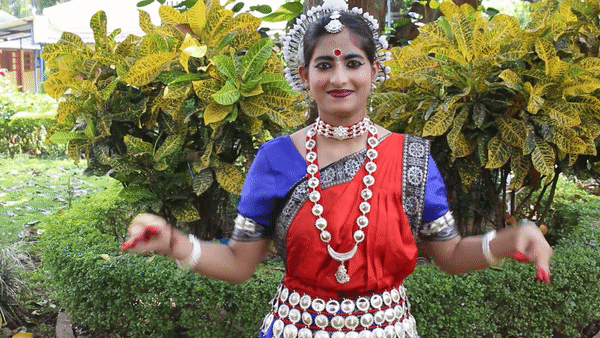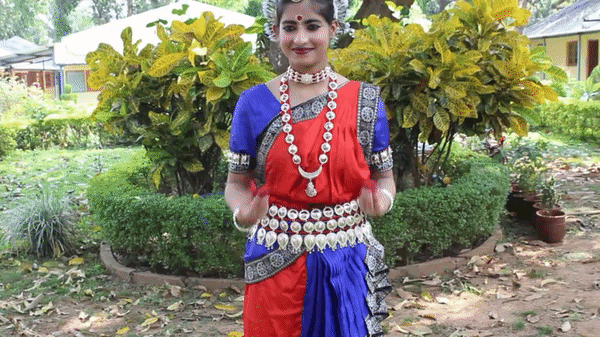top of page
MUDRA
DEFINITION:
One of the most striking features of Indian classical dance is the use of Mudra (hand gestures).
Mudra is a symbolic hand gesture used in Indian Classical dance to express the emotions of the dance themes. They are a prominent part of the dancer's vocabulary.
TYPES OF MUDRA:
Asamyukta Hasta Mudra
MUDRA
Samyukta Hasta Mudra
ASAMYUKTA HASTA MUDRA (ASANJUKTA)- 28
Anchor 1
These are the mudras shown on a single hand or on separate hands.

Pataka-Flag
Tripataka-Flag in three parts


Ardhapataka-Half flag
Kartari Mukha-Scissors face

Mayura-Peacock

Ardhachandra-Half moon

Arala-Bent

Shukhatunda-Beak of a parrot


Mushthi-Fist
Shikhara – Spire

Kapittha – Wood apple

Kataka Mukha– Types of birds(3 types)



Suchi – Needle

Chandrakala – Dark moon

Padmakosha – Half open lotus flower

Sarpashirsha – Serpent head

Mrigashirsha – Deer head

Simhamukha – Lion Face

Kangula – Lily

Alapadma – Fully open lotus flower


Chatura – Four
Bramhara – Bee

Hamsasaya – Swan

Samdamsa – Firefly

Mukula – Flower bud

Tamrachuda – Rooster(2 types)


Trishula – Trident (Emblem of Lord Shiva)

SAMYUKTA HASTA MUDRA(SANJUKTA)- 23
Anchor 2
Samyukta Hasta mudras are the hand gestures shown with both the hands joined together.
Anjali - Salutation

Kapota – Dove

Karkata – Crab

Swastika – Cross

Dola Hasta – Drummer's hands(2 types)


Pushpaputa – Flower casket

Utsanga – Embrace


Shivalinga – Sign of Lord Shiva
Katakavardhana – Chain

Kartariswastika – Crossed arrows

Samputa – Casket

Pasha-Noose

Kilaka-Bond

Matsya - Fish

Kurma-Turtle

Varaha – Wild boar


Nagabandha – Serpents tied
Khatva – Cot

Bherunda – Two-headed bird

Shankha – Conch shell

Chakra – Rotating disc

Garuda – Eagle

Shakata – Cart

bottom of page

